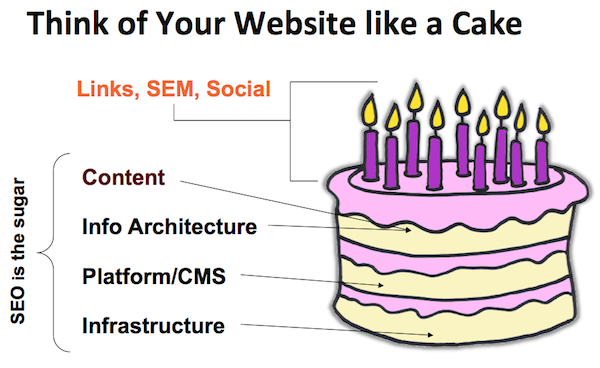The way we use keywords for search engine optimization (SEO) has changed quite a bit since the early days of Google. Instead of stuffing pages with obvious keyword spam, SEO success is more about delivering content that is useful and interesting for your ideal customers. One thing that hasn’t changed during all that time, however, is the importance of keyword research.
Keyword research has similarly grown and evolved throughout the years, but attentive brands will know that keyword research has consistently been a huge factor in their online success since the creation of search engines.
What Is Keyword Research?

The idea behind keyword research has always been basically the same. The practice is all about identifying the actual keywords people are using to find your website and websites like yours.
With most modern tools, you can not only identify these keywords, but also assess their overall popularity, how difficult it would be to rank for these terms, and more.
Essentially, by looking at the terms people are already using to find you (and which popular search terms you’re missing out on, you learn what your customers are really looking for to best deliver it.
With this information, you can develop strategies focused on reaching the most effective audiences for your brand.
Keyword research also lets you identify emerging opportunities, set important benchmarks for your SEO efforts, and measure the success of your optimization.
Lastly, keyword research gives you the chance to check your own assumptions using real-world data. Often, brands quickly discover their top keywords are entirely different than assumed.
How To Use Your Keywords

Once you’ve identified the most important keywords for your brand, it’s time to actually start targeting these terms.
In the dark ages of SEO, targeting keywords meant seeing how many times you could fit a word into a piece of text. Whether the rest of the content was relevant, well-written, or just a string of gibberish were secondary concerns, at best.
This meant Google would think the page was full of great information about that topic and place you high in the search results!
Google’s systems have gotten exponentially more complex over the years. These days, the search engine uses machine learning to better understand the content they index and the intent behind search terms.
Pages can (theoretically) rank well for keywords despite not using them anywhere on their site since Google can understand how the page is relevant to the keyword topic.
Of course, it is better to still strategically place keywords you are targeting on the pages on your site and the content you share. But, the most important thing now is simply delivering the best resources for the keywords you want to rank for.
While this may seem like it has decreased the importance of keywords, that couldn’t be farther from the truth. These days, this insight helps you spot new shifts in your industry, brainstorm the best content for your potential customers, and set the most relevant goals for your SEO efforts.






